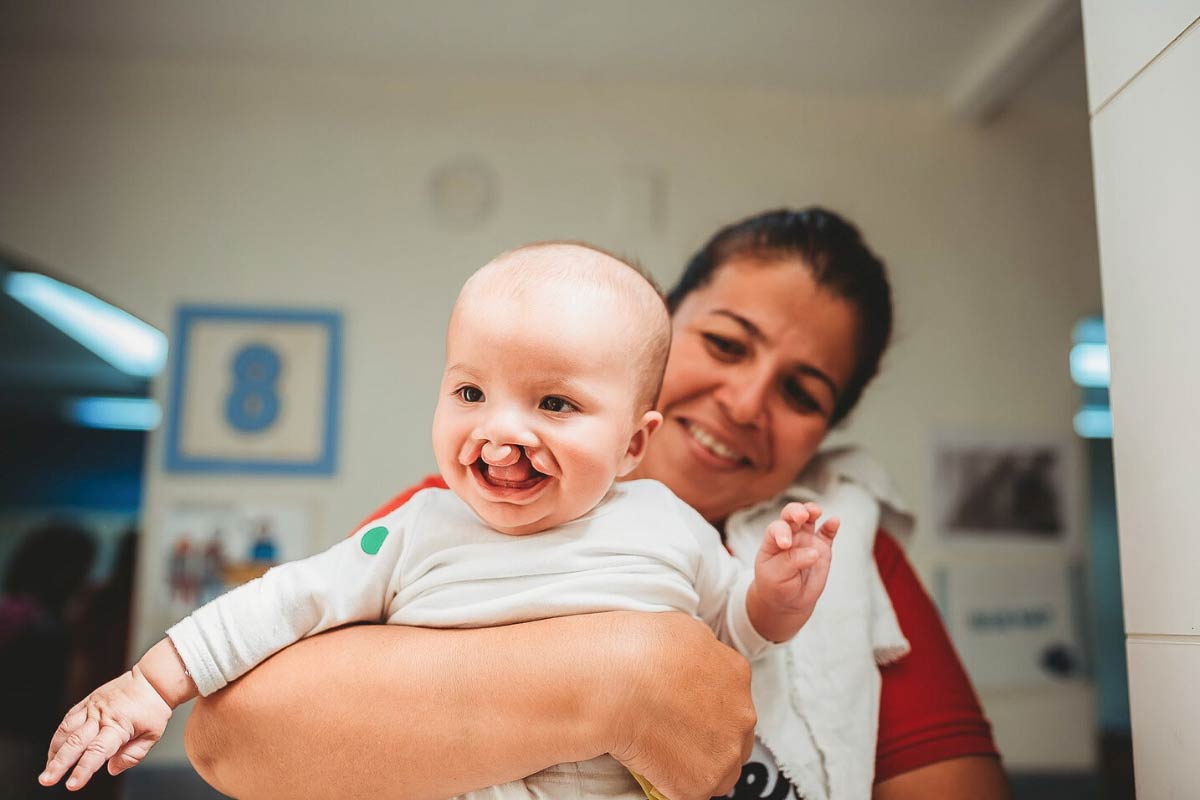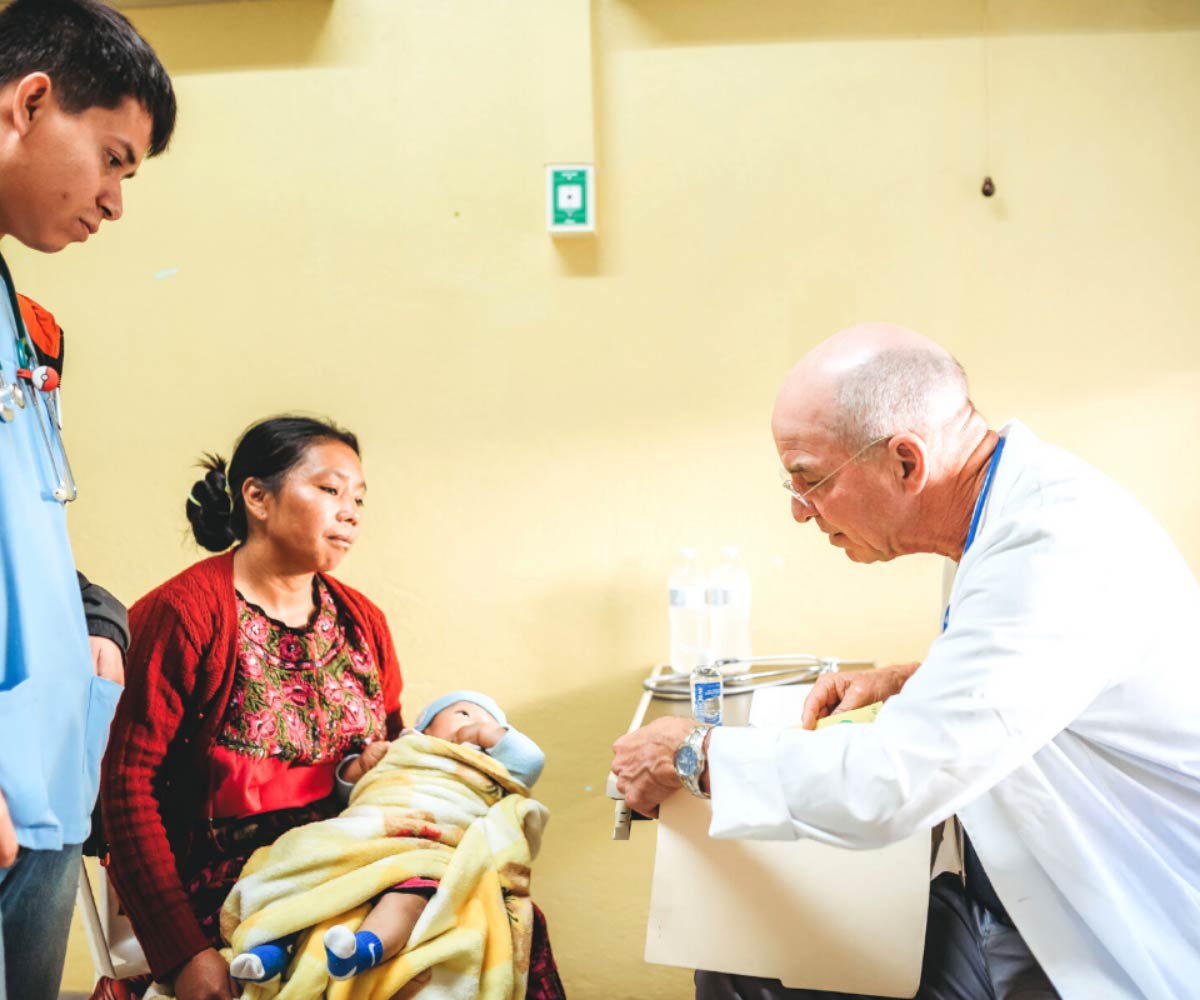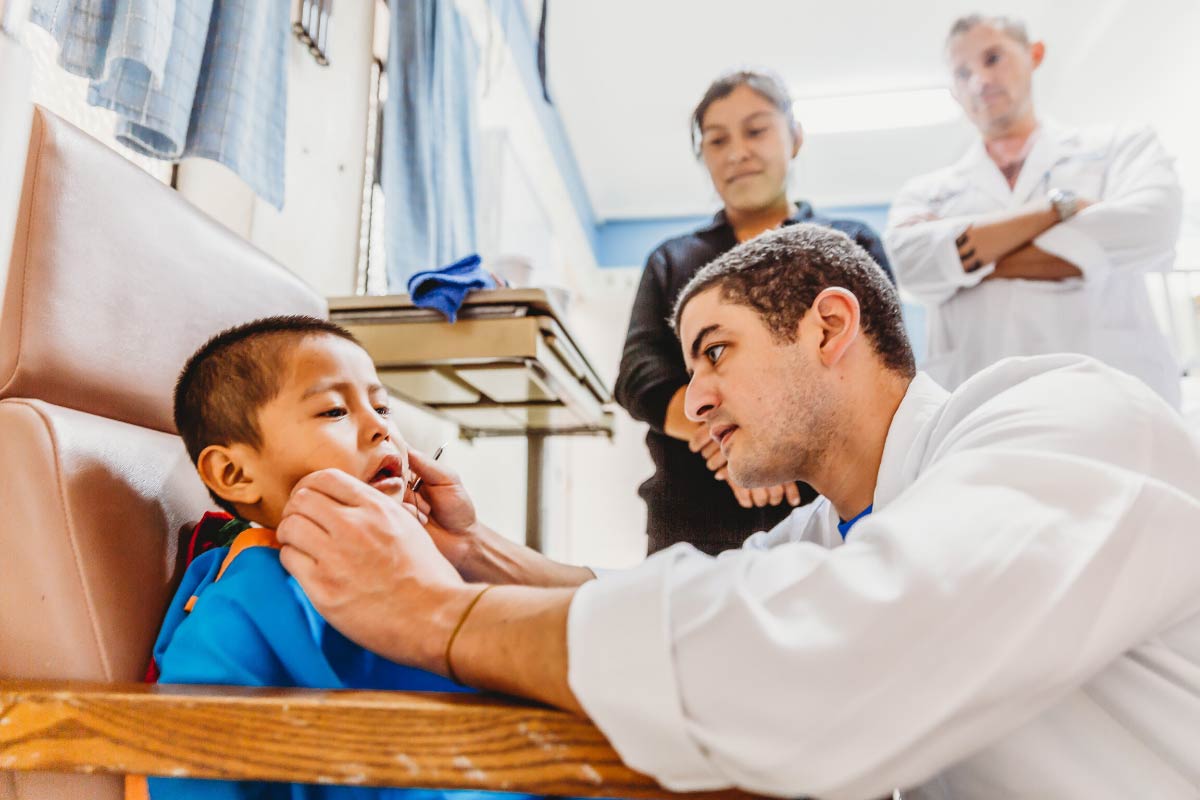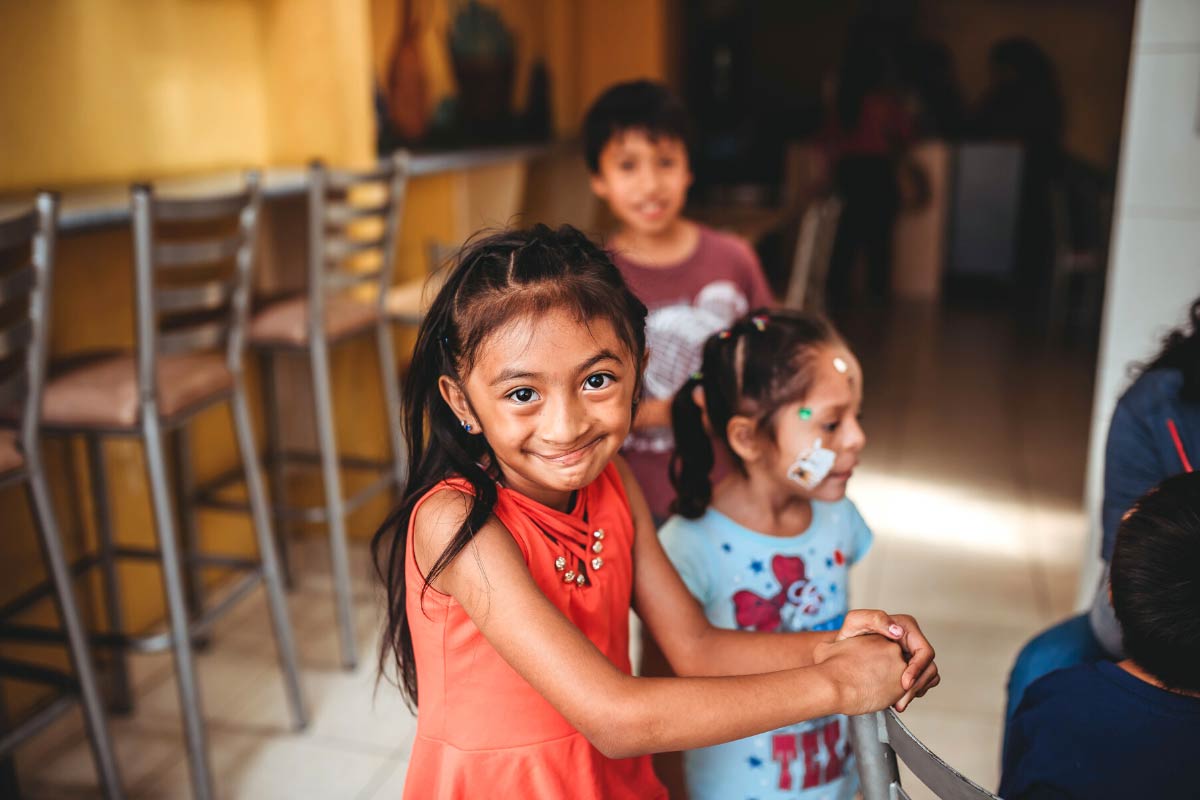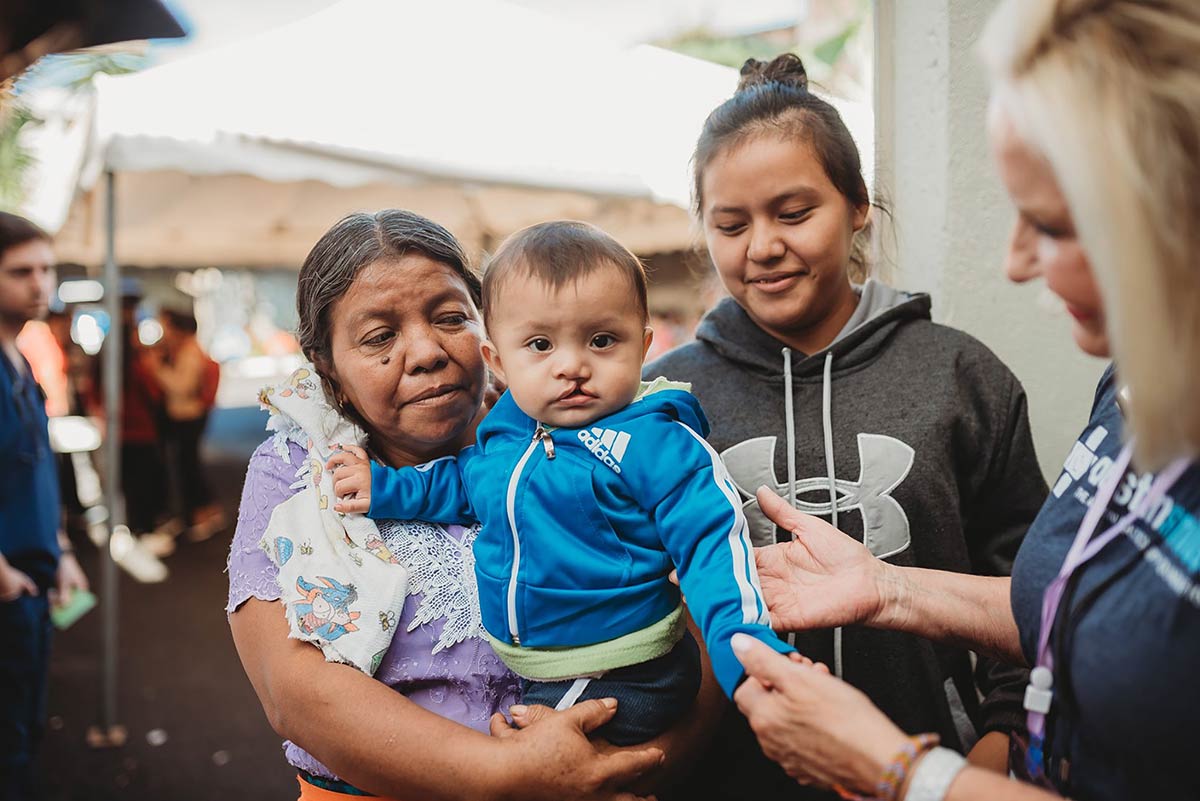Creating Smiles, Improving Lives
About Cleft Lip & Palate
One in seven hundred babies are born with a cleft lip and/or cleft palate, which is an incomplete closure of the upper lip and/or roof of the mouth. A cleft condition causes a gap to occur in the affected area, often involving the skin, muscle, bone, and lining of the mouth. A cleft lip and/or palate can be unilateral, involving only one side of the mouth, or bilateral, involving both sides. A cleft lip often occurs in conjunction with a cleft palate; however, this is not always the case.
Diagnosis
A cleft lip and/or palate can be diagnosed in utero as early as the 13th week. Usually, a cleft lip is easier to be seen and sometimes a palate is not recognized until birth. Having an early diagnosis allows families to receive early intervention and get referred to a craniofacial multidisciplinary team even before their child is born. Craniofacial teams usually consist of a plastic/craniofacial surgeon, pediatrician, orthodontist, pediatric dentist, speech and language specialist, otolaryngologist (ear-nose-throat specialist) and an audiologist (hearing specialist).
Cause and Risks
While the cause of cleft lip and palate is uncertain, a child’s genes and some maternal health conditions such as having diabetes, the use of certain medications, smoking, alcohol consumption, or lack of Vitamin B can increase the risk. In addition, poverty, nutrition, and environmental factors play a large role. In places like Latin America, a child is roughly two times as likely to be born with a cleft condition than children in the U.S.
Health and Developmental Impacts
Children born with a cleft lip or palate often face one or more of these health problems: feeding/eating/swallowing disorders, failure to thrive, delayed or disordered speech and language, breathing and hearing difficulties, chronic ear infections and dental problems.
Cleft treatment and intervention should be started as early as possible, with a proper surgical treatment plan and wraparound care into adulthood, a child should be able to restore normal function and live a happy, healthy and fulfilling life.
Speech, Hearing Therapy, Orthodontia
Children who are undergoing treatment to repair orofacial cleft often need help learning to speak and communicate before and after each surgery; therefore early intervention with a registered Speech and Language Pathologist (SLP) is often essential. SLPs will often be involved as early as birth to help mothers with feeding, swallowing and nutrition.
Children born with a cleft palate have a greater connection between their eustachian tubes and the fluid in their sinuses. This means they are more susceptible to ear infections. Parents should ensure their baby is seen by an ENT frequently in the first year to monitor their baby’s ear health to prevent any permanent hearing loss.
Children born with cleft lip and palate have more unique oral health needs. They often are more susceptible to having crowded teeth, missing teeth, and less bone density in cleft affected areas. It is imperative that these children receive routine dental cleanings, check-ups, and orthodontic oversight from an early age.
Psychological and Emotional Impacts
Even with comprehensive, interdisciplinary medical care from a cleft team, the journey for these children and their families is a long and difficult one. Social/emotional care is essential for the family and child while undergoing treatment. Parents and family members also benefit from counseling and practical skill development that help them provide the emotional and functional support these children need. At Austin Smiles, we work locally to ensure children and their families undergoing cleft treatment have access to resources and a sense of community to help ensure they are not alone on their journey.
Genetics
The cause of orofacial clefts in most infants is unknown but thought to be a combination of genetics and other environmental factors. Some of these environmental factors are smoking during pregnancy, gestational diabetes, and the use of certain medications during pregnancy. In genetic studies regarding cleft lip/palate (CLP), causes are often classified as either “non-syndromic” or “syndromic”. A genetic syndrome is defined as a group of symptoms that occur together which are caused in whole or part by a change in DNA sequence compared to the normal sequence. But when it comes to defined genetic factors, they are not just limited to the syndromic cases. Recent research indicates that there is a strong link between the MTHFR gene and cleft lip/palate. Coincidentally, this gene is on the list of conditions tested in Texas during newborn screening; the condition is called homocystinuria which can cause a deficiency in folate. So, when it comes to both syndromic and non-syndromic cases of CLP, understanding the genetic links to your child’s cleft can help inform future health practices. To learn more, please check out the links below! – Sophia Viola, Global Public Health Intern Summer 2021
More about the MTHFR gene Homocystinuria Newborn Screening in Texas Syndromic Cleft Lip/ Palate Genes related to CLP Blog Post about Genetics

1 in 700 children are born with a cleft lip or palate
$250 covers the cost of one life-changing surgery
150 volunteers annually will change a child’s life forever
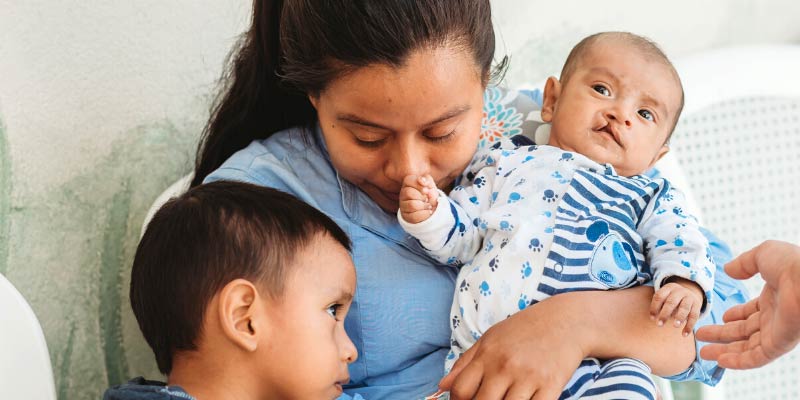
Why We’re Here
Learn more about Austin Smiles Local and International Programming
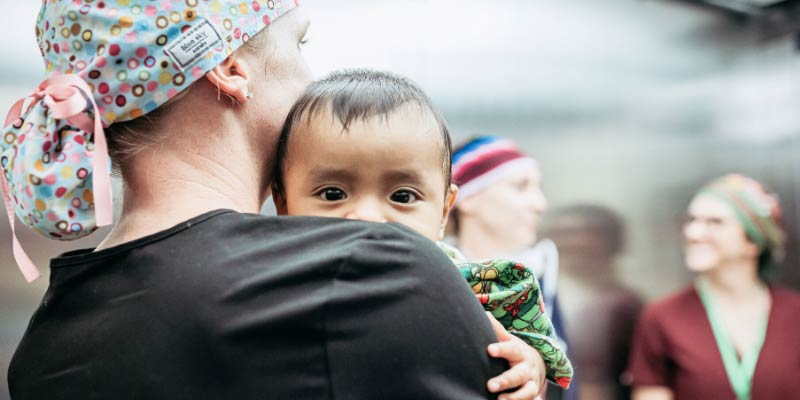
Our Local Services
Austin Smiles local impact for children and families in Central Texas
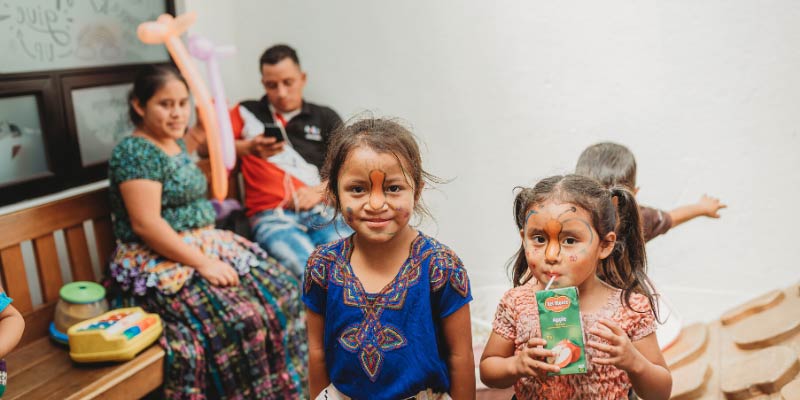
Resources
Find useful and accurate information about Cleft Lip and Palate

